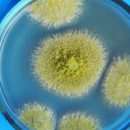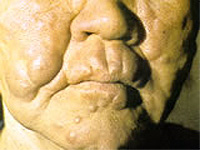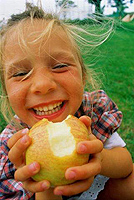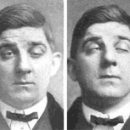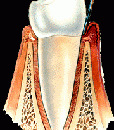What is lepra? What are the symptoms of leprees? How diagnostics, leprosy treatment and prevention? Answers to these questions you will find in the article.
Content
Leprosy
It is characterized by a long incubation period, long flow and lesion of the skin, mucous membranes, peripheral nervous system and internal organs. The causative agent of this chronic general infectious disease is lepreing mycobacterium.
According to WHO, about 15 million patients with Leprai are registered in the world, mainly in South America, Africa and Asia. Sporadic cases are everywhere. Leprosy is considered a small disease, in which the decisive factor is long, re-contact, during which the body sensitization occurs. Most sensitive to lepreing children, professional infection of medical workers is practically not observed.
The incubation period continues from ° C to 10 or more. At the end of it, general symptoms are noted: fever, weakness, drowsiness, loss of appetite and others. Distinguish three types of disease.
Symptoms leprees
Lepromatous type. Skin lesions are located on the face, the back of the brushes, forearms, the heads and are presented with limited tubercles (leprosh). The color of them from pink to the blue and red, the surface is smooth and brilliant, sometimes covered with seven-shaped scales. Lapromes are severely towered above the skin surface and, closely adjacent to each other, often form solid bug, infiltrates. When defeating the face give him a view «Lion muzzle».
Simultaneously with changes on the skin often there is a damage to the mucous membranes of the nose, oral cavity, larynx. Patients complain of dry mouth, nose, suction discharge, frequent bleeding, difficult breathing, witness voice. The ulceration of the cartilage septum of the nose leads to its deformation.
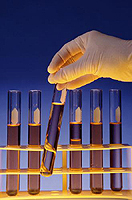 Eye defeat causes a violation of visual function and even full blindness. The liver, spleen, lungs, kidneys and others amazed from the internal organs. All types of skin sensitivity are disturbed (temperature, painful and tactile), especially in hand and legs. Patients who do not feel warm and cold, not feeling pain, often under heavy burns, injury. Part of the patients weakened and the muscles of the face and limbs are depleted, fingers and legs are twisted, shortening, and sometimes collapsed. Institutions appear deep ulcers, difficult to treat. Such consequences lead patients with deep disability.
Eye defeat causes a violation of visual function and even full blindness. The liver, spleen, lungs, kidneys and others amazed from the internal organs. All types of skin sensitivity are disturbed (temperature, painful and tactile), especially in hand and legs. Patients who do not feel warm and cold, not feeling pain, often under heavy burns, injury. Part of the patients weakened and the muscles of the face and limbs are depleted, fingers and legs are twisted, shortening, and sometimes collapsed. Institutions appear deep ulcers, difficult to treat. Such consequences lead patients with deep disability.
Patients with a lepromatous type of leprosy are the main source of infection by leprosy and represent a greater danger to others.
Tuberoid Type is more benign and characterized by high resistance to the body, it is easier to treat. It is affected primarily leather, where there are plaques or tubercles of red, various shapes and values with clear edges. After healing, white spots remain - depigmentation or slaves.
Sometimes peripheral nerves are affected, followed by impairment in the course of their temperature, pain and tactile skin sensitivity. The chronic flow of tuberculoid leprosy can be interrupted by exacerbation, during which the lesions are often detected by mycobacteria leprosy.
Undifferentiated (uncertain) type Basically meet in children and is characterized mainly by neurological symptoms (polyneurite) and spots on the skin of various sizes and outlines. Hair in lesion areas fall out, skin sensitivity and sweating breaks. Affected nerves thicken, becomes painful. After a few months, muscle atrophy develops, leading to the deformation of the upper and lower extremities. Face becomes masculine, Mimic disappears. Paralysis and paresis develop. On the soles of the stop appear to appear ulcers, difficult to treat.
Diagnostics, treatment and prevention of leprosy
It is necessary to take into account the data of the anamnesis, the presence of sensitivity disorders, rash on the skin, cream hint of the scool, loss of eyebrows, eyelashes, polyneurite and t.NS. It is necessary to carry out bacteriological studies of scraping from the nasal mucosa, put a lepranch sample.
The preparations of sulfonic series are used, diaminodifenolsulfone (DDS) and its analogs - Avlevum, Sulfetron, Solubetron, Diucifont, and others. In the treatment of sulfons, it is necessary to simultaneously apply the preparations of iron, liver and t.NS. Treatment is carried out by a comprehensive chronically intermittent method in specialized institutions - leprosaries.
Prevention. Identification and insulation of all patients with active manifestations of leprosy. Mass inspections are conducted in epidemic foci. Antigenic proximity of pathogens Lepra and tuberculosis was the basis of the Vaccination BCG on the prevention of leprosy.

